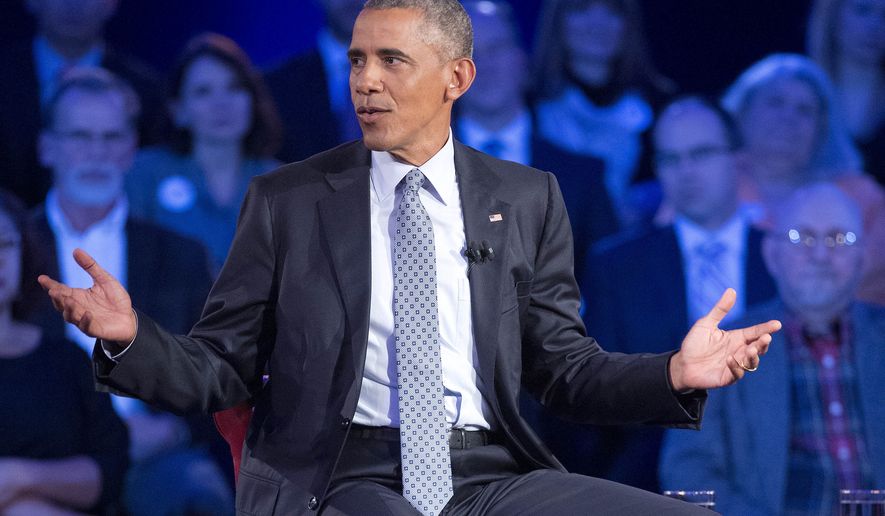Last week, President Obama announced yet another brazen executive order - this one intended to take away the Second Amendment rights of law-abiding citizens. The executive action will make it more difficult for individuals to purchase guns, but, as many critics of the new regulations have noted, the new requirements are unlikely to prevent terrorist or other violent acts.
Over the years, the president’s gun-control agenda has met bipartisan opposition in Congress, so he did what he so often does: He acted unilaterally, bypassing Congress and the U.S. Constitution.
In his speech announcing this latest executive order, the president seemed to be aware that his power grab would be viewed as an erosion of the Second Amendment. In an attempt to assuage those concerns, he reminded us that he once lectured on constitutional law. “I taught constitutional law, I know a little bit about this - I get it.” His academic acquaintance with the Bill of Rights, however, is a poor substitute for preserving and upholding those cherished rights.
Despite his frequent reminders of his background as a law lecturer, the president still struggles to understand the Constitution’s framework for our system of government. This executive order that will do so much to undermine the right to bear arms is not merely an attack on the Second Amendment; in a much larger sense, this executive order is another example of the president’s contempt for the entire Constitution, especially the separation of powers and safeguards against tyrannical rule embedded in our Constitution.
When writing the Constitution, the framers recalled the words of the French political philosopher Montesquieu, who warned of the dangerous scenario where “the legislative and executive powers are united in the same person.” President Obama’s style of governing offers an instructive case study into the very type of government Montesquieu and the founders of our country sought to avoid.
The president’s overreach in this area follows a familiar pattern. Over the course of his presidency, Mr. Obama has redefined the duties of the president to include taking action when Congress will not. When Congress (wisely) declined to pass the president’s amnesty agenda, Mr. Obama went about it himself, unilaterally enacting a sweeping amnesty program.
To justify his unilateral executive amnesty, Mr. Obama explained simply: “We can’t wait for Congress to do its job, so where they won’t act, I will.”
It’s clear that in the president’s view, the office he holds is a one-man show. “I’ve got a pen, and I’ve got a phone,” he once declared, in explaining his frequent use of executive orders. With those two tools and that mindset, who needs Congress? For that matter, who needs the courts, which have been another obstacle to the president’s agenda?
Although Barack Obama’s name will not appear on any ballots in this year’s election, his expansive view of the presidency will very much be on the ballot. Bernie Sanders and Hillary Clinton, the Democratic front-runners in the presidential primary, have both conveyed their support not only for the recent executive order on guns, but also for Mr. Obama’s executive style. By contrast, the Republican presidential candidates are drawing huge applause from overwhelming crowds when they talk about their fidelity to the Constitution.
Wielding a pen and a phone - and undeterred by the Constitution’s safeguards for our individual liberty - Mr. Obama has simultaneously undermined both our system of checks and balances and the rule of law. The good news for Americans? A new president who respects the Constitution and understands the proper role of the Executive Branch could easily reverse Mr. Obama’s legacy, and is just more than a year away.
And at its core, that is what the 2016 election boils down to: an opportunity to reverse, un-do, and correct President Obama’s eight years in office.




Please read our comment policy before commenting.